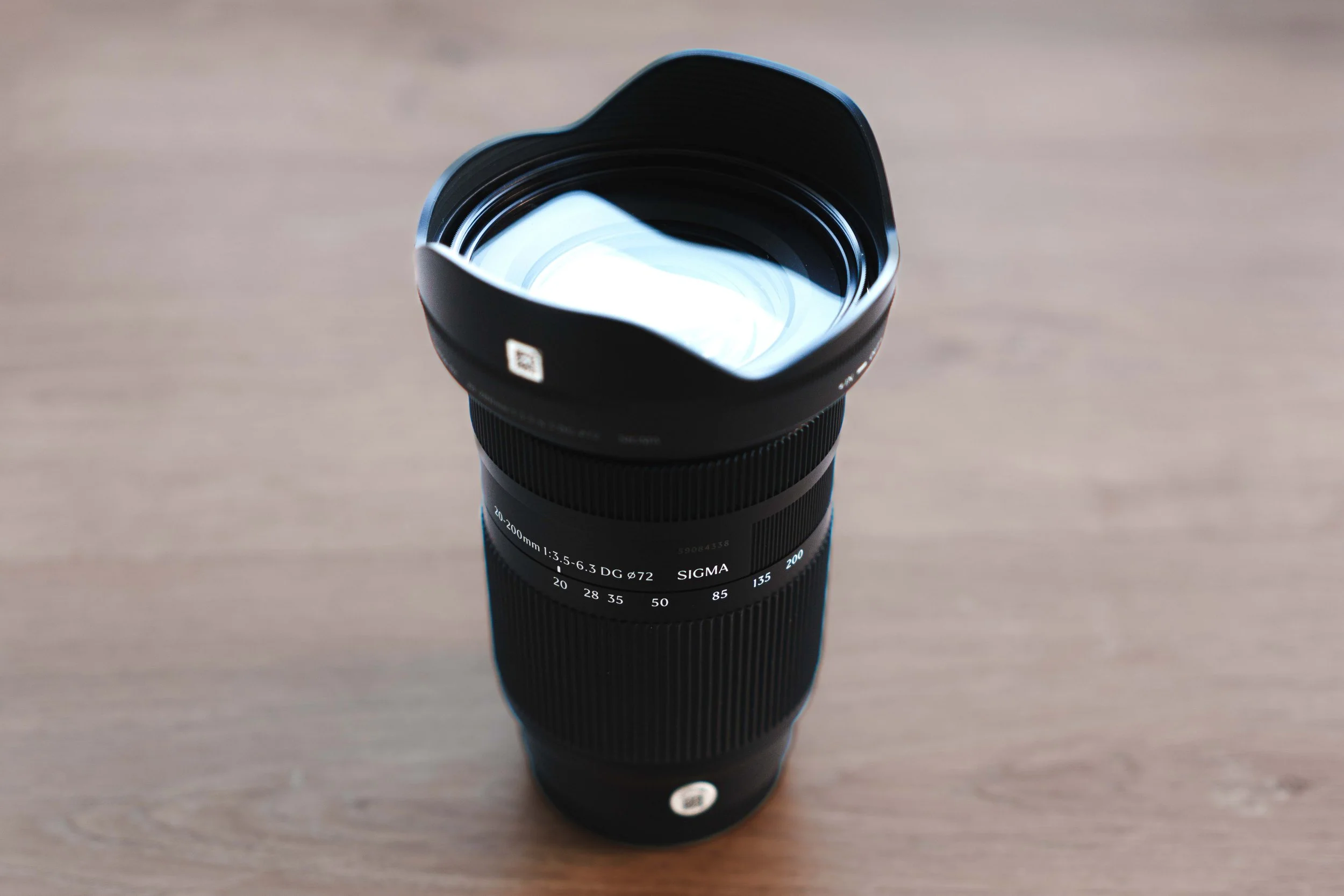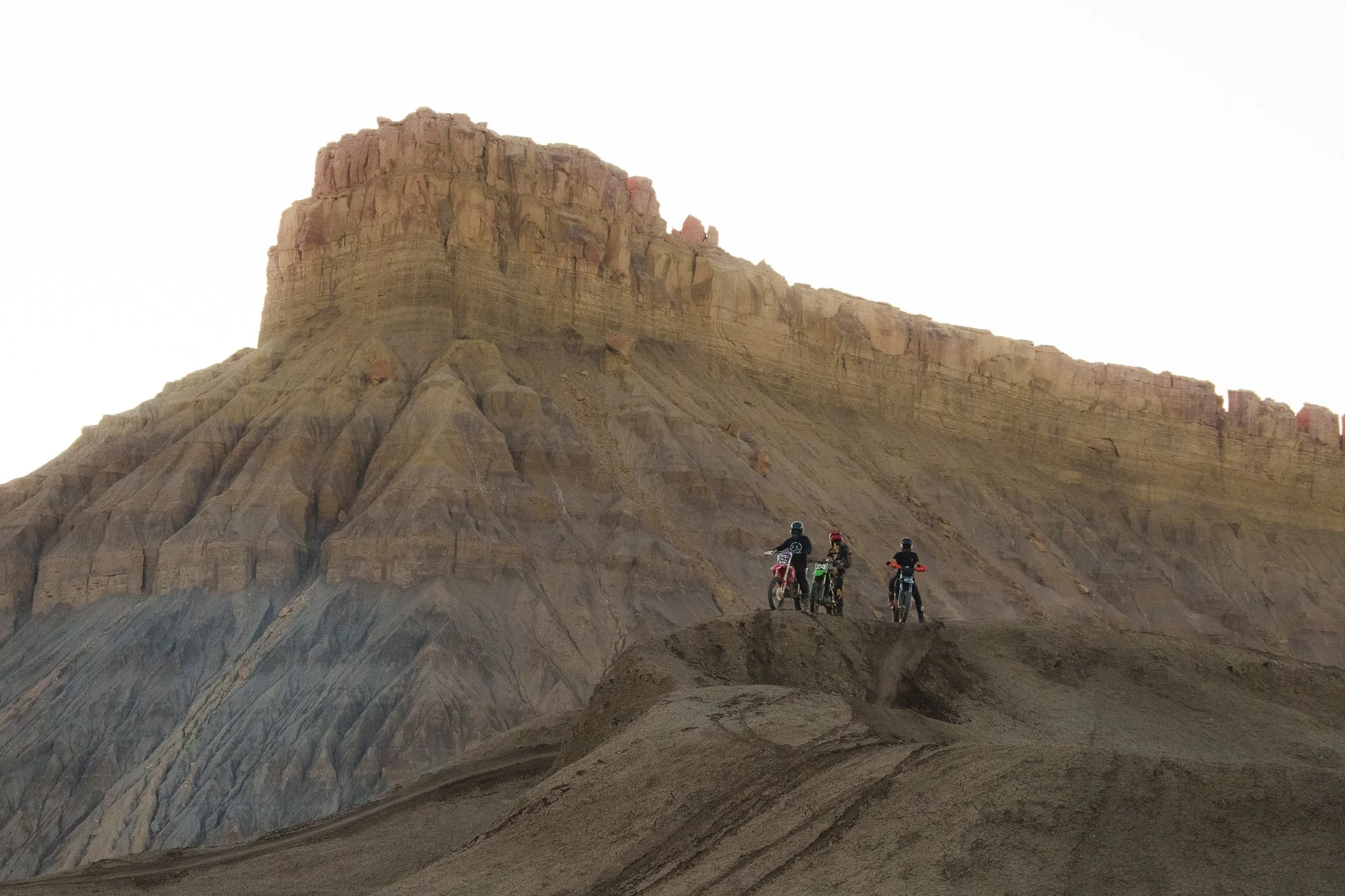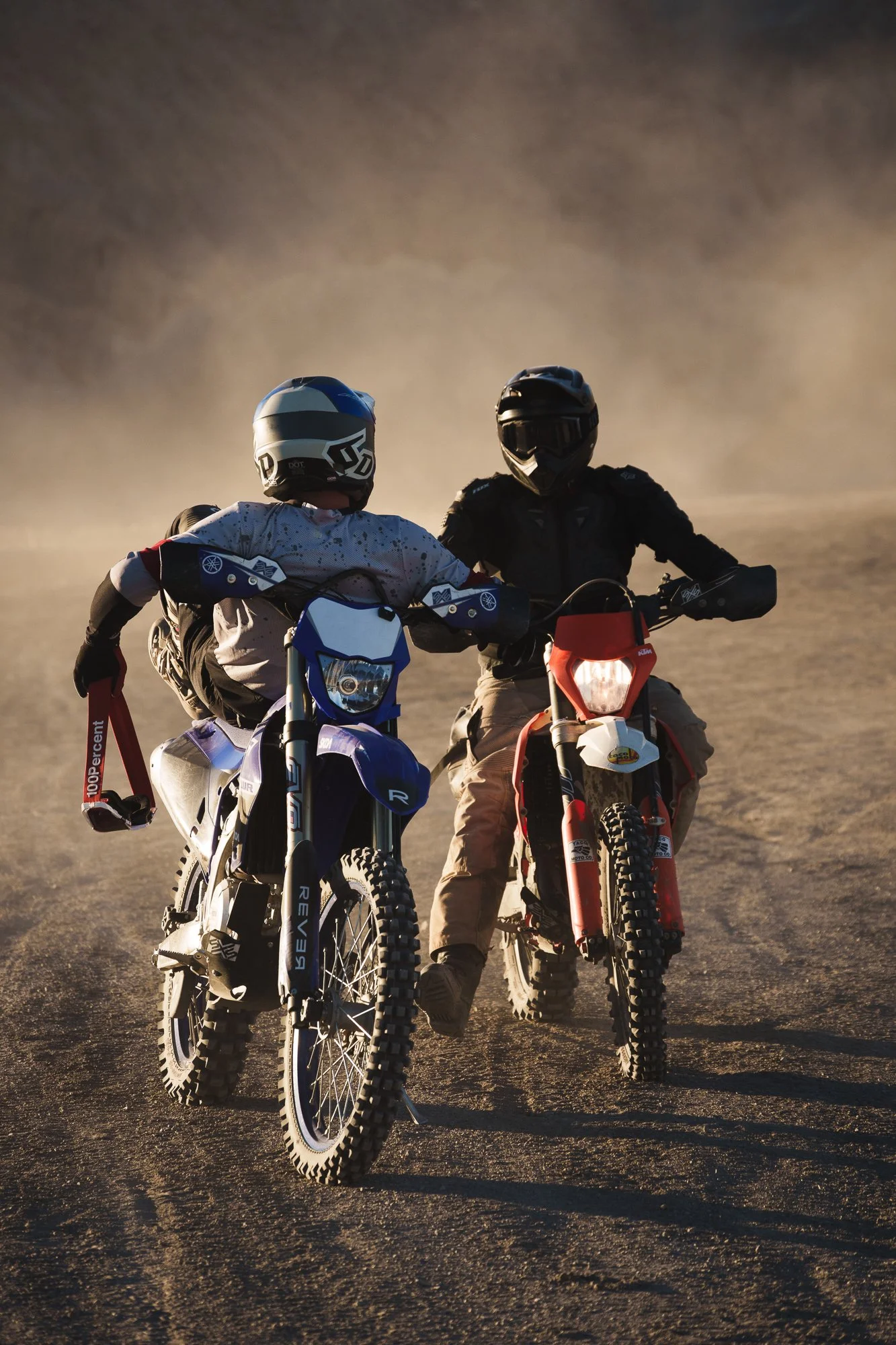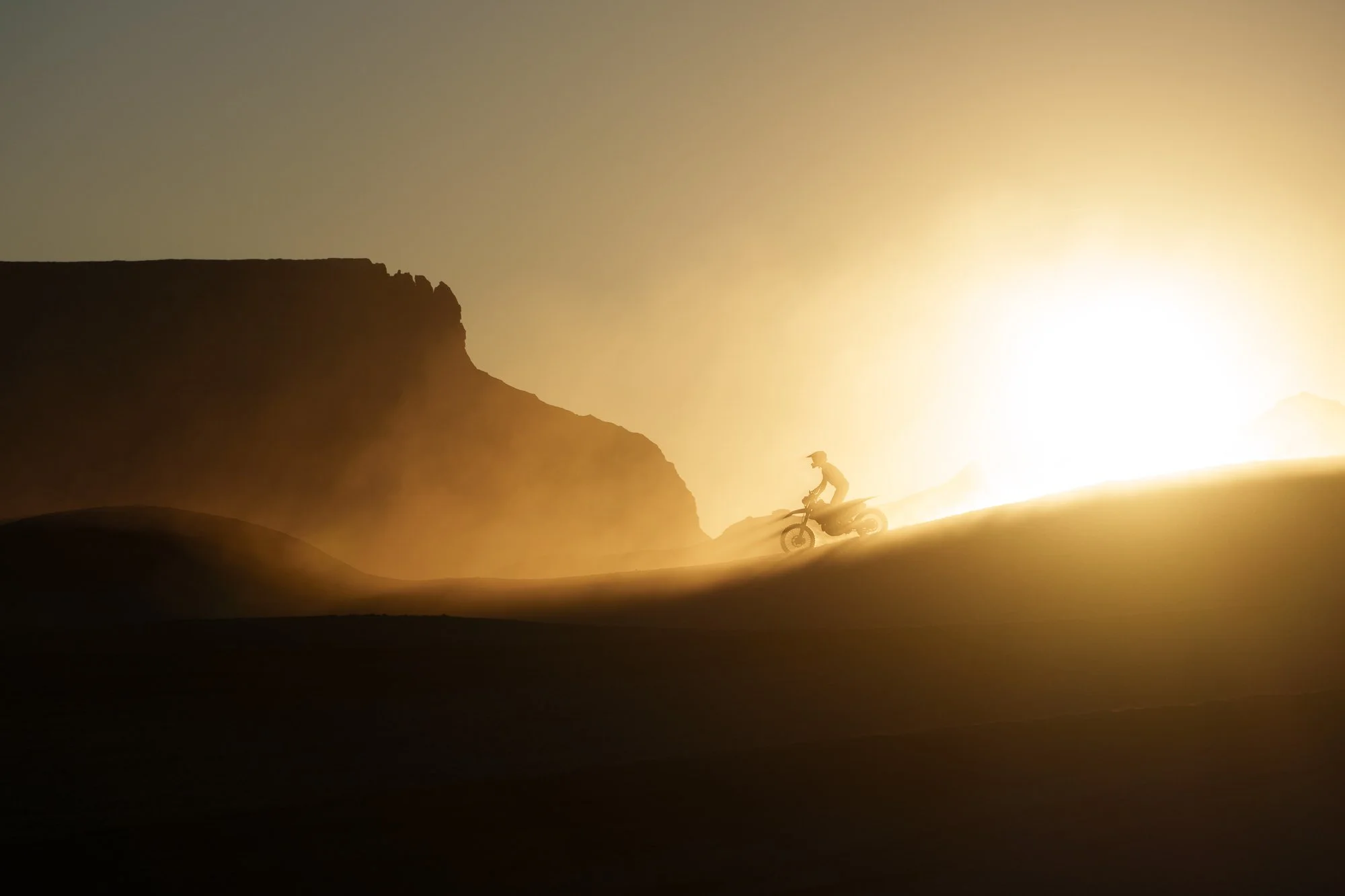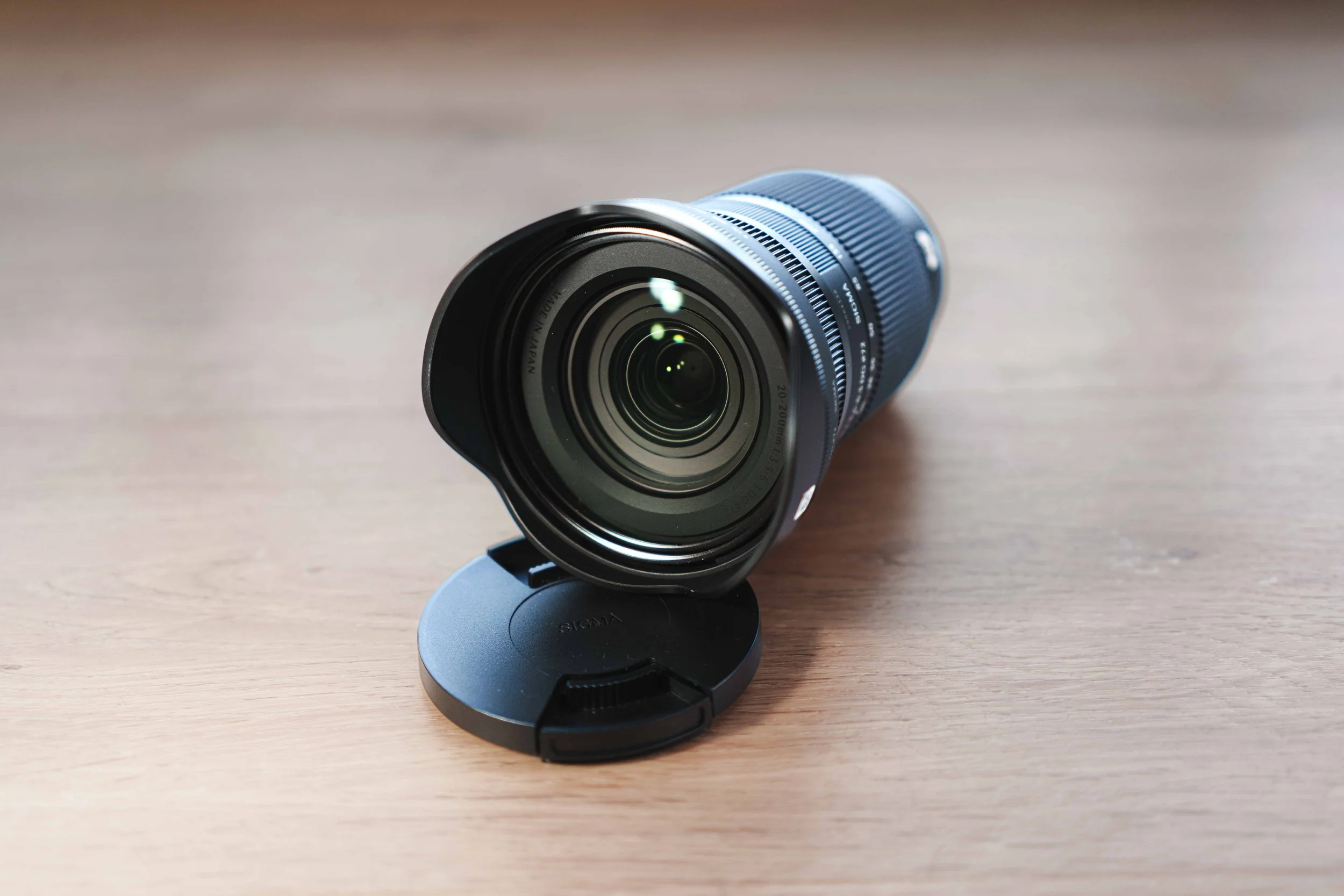Review: Sigma 20-200 f/3.5-6.3 DG Contemporary for Sony FE
Intro
I still remember when Sigma was known for making stunningly sharp lenses that often came with one major drawback… weight. The Sigma Art series built a reputation for delivering flagship optical quality at a fraction of the price of Canon or Nikon’s top glass. My first Sigma was the 50mm f/1.4 Art, mounted on my Canon T2i and later adapted to my Sony A7S. This setup was unweildy. Granted, it was a f/1.4 prime but it was a beast. Beautiful, but hilariously front-heavy, tipping the scales at 815 grams (~28 ounces) and giving me more neck strain than I’d like to admit.
Fast-forward about 15 years, and Sigma’s lens lineup has evolved dramatically. Not only do we have the choice of many mirrorless Art series and Sports style glass, Sigma has introduced their compact & versatile Contemporary lineup of lenses for the multifaceted photographer.
The Sigma 20–200mm f/3.5–6.3 DG DN Contemporary is one of Sigma’s newest all-in-one travel ready zoom lens for full frame Sony-E and L-Mount cameras. Sigma’s Contemporary lineup of lenses are designed to be true all-rounders combining some of the latest Sigma optical and structural build quality while offering a compact weight and size. This lens offers an incredible range of focal lengths from 20mm all the way to 200mm to make it a great option for travel, vlogging, and street photography.
Specs
Focal Length: 20-200mm (30-300mm on APS-C Cameras)
Mount: Sony FE, L-Mount
Minimum Focus Distance: 25 cm / 9.8" (20mm) to 65 cm / 25.6" (200mm)
Maximum Aperture: f/3.5 (20mm), f/4 (~22mm), f/4.5 (35mm), f/5.6 (50mm), f/6.3 (85mm-200mm)
Minimum Aperture: f/22
Optical Construction: 18 elements in 14 groups; 9 diaphragm blades
Weight: Sony E-mount: 540g ; L-Mount: 550g
Dimensions (Diameter x Length): Sony E-mount: 77.2mm x 117.5mm (3.0”” x 4.6”) ; L-Mount: 77.2mm x 115.5mm (3.0” x 4.5”)
Filter Size: 72mm
Weather Sealing: Water & Dust Resistant
Price: $999 on B&H
Build Quality
One thing Sigma has always nailed is build quality. I’ve never picked up a Sigma lens that felt cheap and this 20–200mm superzoom continues that tradition.
The barrel carries Sigma’s signature matte finish, giving it a premium feel even though the construction is primarily high-grade polycarbonate rather than metal. That’s a shift from the company’s heavier Art and Sports lines, which use more metal components, but it’s a welcome trade-off here. The lighter build makes this lens surprisingly portable for its range, measuring just 117.5mm (4.6") long at 20mm. When zoomed to 200mm, it extends significantly, nearly doubling in length.
Physical buttons are minimal and straightforward. There’s a standard AF/MF switch and a zoom lock designed to prevent lens creep, when the barrel might slide out on its own in a bag or when pointed downward. The lock disengages automatically once you start zooming from the 20mm position and it strikes a good balance. Firm enough to keep the lens secure, yet light enough not to interrupt quick shooting opportunities.
One notable detail is that the Sigma’s zoom ring turns in the opposite direction of Sony’s native lenses. In order to zoom in, the Sigma turns left to right, while Sony typically goes right to left. It’s a small ergonomic difference, and I adapted to this new orientation rather quickly. Still, if you regularly switch between Sony and Sigma lenses, the change in direction might throw you off. That said, given this lens’s superzoom range, most photographers using this likely won’t be swapping lenses often anyway.
The zoom ring sits closer to the camera body and is comfortably wide, while the focus ring is slimmer and positioned toward the front of the barrel. This arrangement feels natural in use, with good balance when the lens is mounted on the camera.
The Sigma does not include an aperture ring, which makes sense given that it uses a variable aperture design. For those unfamiliar, a variable aperture means the maximum aperture narrows as you zoom through the focal range. Including a manual aperture ring would not make much sense here since the aperture continuously adjusts while zooming.
Sigma includes a petal-shaped lens hood that attaches via a standard bayonet mount with no locking button. The hood is comically small, but that’s intentional. With the lens capable of 20mm at the wide end, a deeper hood would easily intrude into the frame. The front element supports 72mm filters, though I personally wish it were 67mm or 77mm since those are more common thread sizes used among photographers. Not a dealbreaker, but worth noting.
At the mount, the lens uses a metal construction with a rubber gasket for dust and moisture resistance. Sigma also states that the zoom and focus rings are sealed against light environmental exposure. I did put this to the test while shooting in the Utah desert and it held up well. But I wouldn’t rely on it for heavy rain or extreme weather conditions.
Performance
The Sigma 20–200mm f/3.5–6.3 Contemporary lens turned out to be a genuine surprise. I’ve generally avoided superzooms in the past because of the typical trade-off of optical quality for convenience. However, this lens performed far better than I expected, even with its variable aperture limiting light intake at the long end. Some of that surprise might come from my lack of recent experience with modern superzooms, but even so, it genuinely exceeded expectations.
The autofocus is powered by Sigma’s HLA (High-response Linear Actuator) motor. According to Sigma:
“HLA is Sigma’s proprietary linear motor. It drives the focusing lens directly without gears or other mechanical parts, resulting in quiet, high-precision autofocusing.”
While it’s not the fastest or most advanced autofocus system available, it’s more than capable for everyday use. In real-world shooting, I rarely found the autofocus lagging or hunting enough to cause missed shots. It’s noticeably quicker at the wide end around 20mm and slows down when shifting focus across larger distances at 200mm. In low light, especially when stopped down to f/6.3, the autofocus can occasionally hunt, but in decent lighting it remains fast, quiet, and accurate enough for most situations. And true to Sigma’s claim, the HLA motor makes this lens near silent so you won’t be picking up loud focus motors when shooting video.
At the wide end of 20mm, the lens has a minimum focusing distance of 25cm, which makes it great for creative close-up shots. This also adds versatility if you’re using the lens for vlogging, since you can bring faces or objects right up to the camera without losing focus.
When zoomed in to 200mm, the minimum focusing distance extends to 65cm, but the level of detail you can capture increases significantly. At this range, focusing at the minimum distance produces a pseudo-macro effect, giving you striking close-ups with pleasing compression.
The variable aperture of f/3.5–6.3 is a bit misleading. While f/3.5 on the wide end sounds appealing, in practice this lens behaves more like an f/4–6.3 zoom. The aperture closes to f/4 almost immediately when zooming from 20mm to 22mm, then to f/4.5 around 30mm, f/5.0 near 38mm, and f/5.6 by approximately 52mm. From about 85mm through the full telephoto reach at 200mm, the lens remains at f/6.3.
Optical Performance
At first, I was surprised to see the Sigma 20–200mm f/3.5–6.3 Contemporary priced at $999 USD. But to put it simply, this lens is worth the cost. It delivers sharp, high-contrast images across the entire zoom range. I used the lens in bright daylight, so the variable aperture never became an issue.
I brought the Sigma with me on a road trip to Utah for DustToDust, an annual event where dirt bike riders and photographers gather to camp and ride through iconic desert terrain. It was a tough and dusty environment full of fast-moving subjects, an ideal test but also a risky one for a brand-new lens I hadn’t yet tested in the field.
The lens performed impressively. Out of the thousands of images I shot, only a few showed focus issues that a high-end telephoto prime might have handled better. However, using a prime would have limited my ability to quickly adapt between close-up and distant action. Since this was my first time at the event, I had no idea how fast things would unfold or where the action would happen, so having that flexible zoom range was invaluable. I found myself working mostly between 20 to 50mm for close action, 85 to 135mm for midrange and landscape framing, and 200mm for tight, compressed shots against the desert backdrop. This lens allowed me to avoid having to swap between a 24-70 and a 70-200 so I never missed a moment.
Some of my favorite images came from a backlit scene where riders were silhouetted on rolling hills at varying distances. The lens handled this situation well, though it did show some very minimal flaring. I also spotted some obvious chromatic aberration, particularly at the telephoto end, and distinct barrel distortion and vignetting on the wide end. As of October 2025, Lightroom did not yet have a lens profile for automatic correction, but both the chromatic aberration and distortion were easy enough to fix manually in Lightroom.
A drawback of this lens is the lack of optical image stabilization, as it relies entirely on the camera’s in-body image stabilization (IBIS). In my opinion, this omission is not a major issue. 200mm is about as far as most shooters would want to go without optical stabilization. When paired with the Sony A1 and A7CR, I found the built-in IBIS more than capable of compensating for hand shake and small movements at the telephoto end. But don’t get me wrong, I still would’ve loved to have some optical stabilization to be able to shoot at lower shutter speeds.
For vloggers and video professionals, this lens is another pleasant surprise. It shows minimal focus breathing, and the near-silent autofocus motors make it well suited for travel or documentary-style video work. I used it to capture footage in Utah and as a B-camera lens for a talking-head interview. The variable aperture can be a limitation for more controlled, professional video shoots, but for capturing video clips of everyday moments, this lens is more than capable.
Images
Some small flares in the middle of the image, but otherwise very well controlled
Final Thoughts
This lens should not be seen as a replacement for high-end primes or professional zooms if you are shooting paid work. It could get the job done, but the Sigma 20–200mm f/3.5–6.3 is clearly designed with travel and convenience in mind. If my Utah trip had been a paid assignment, I would have brought my set of primes and a professional telephoto zoom such as Sony’s 50–150mm f/2 GM instead. However, for travel, this lens is remarkably compact and lightweight for a superzoom and more than capable for everyday use.
The real value of this lens lies in its impressive image quality and the uncommon ability to zoom all the way out to 20mm on the wide end. There are very few lenses on the market, especially third-party ones, that offer a 10x zoom range starting from 20mm.
Overall, this is an excellent documentary-style lens that fits a wide range of use cases and could easily double as a travel or vlogging lens thanks to its low focus breathing and versatile zoom range.
Pros:
Versatile 10x zoom range
Rare 20mm wide angle focal length
Extremely quiet HLA autofocus motor
Low focus breathing
Above average sharpness
Cons:
Variable aperture stops down immediately to f/4
At $999.00 USD, much more expensive than competitors
Heavy vignetting & distortion on the wide focal ranges
Chromatic aberration
Lack of optical stabilization
Rating: 3.5/5
Normally, this is the point where I would tell readers not to hesitate and just buy the lens. However, the Sony E-mount superzoom market is starting to get more competitive, especially with Tamron refreshing their 25–200mm f/2.8–5.6 superzoom with a new G2 version. The Tamron offers an 8x zoom range compared to Sigma’s 10x, and its widest focal length is 25mm, while the Sigma reaches a much wider 20mm. Personally, I have always preferred having more width on the wide end rather than extra reach on the telephoto side.
That said, if you are looking for a highly versatile lens with solid image quality across its range, the Sigma is an easy recommendation. It will meet expectations for most shooting scenarios as long as you are not working in very low light.
